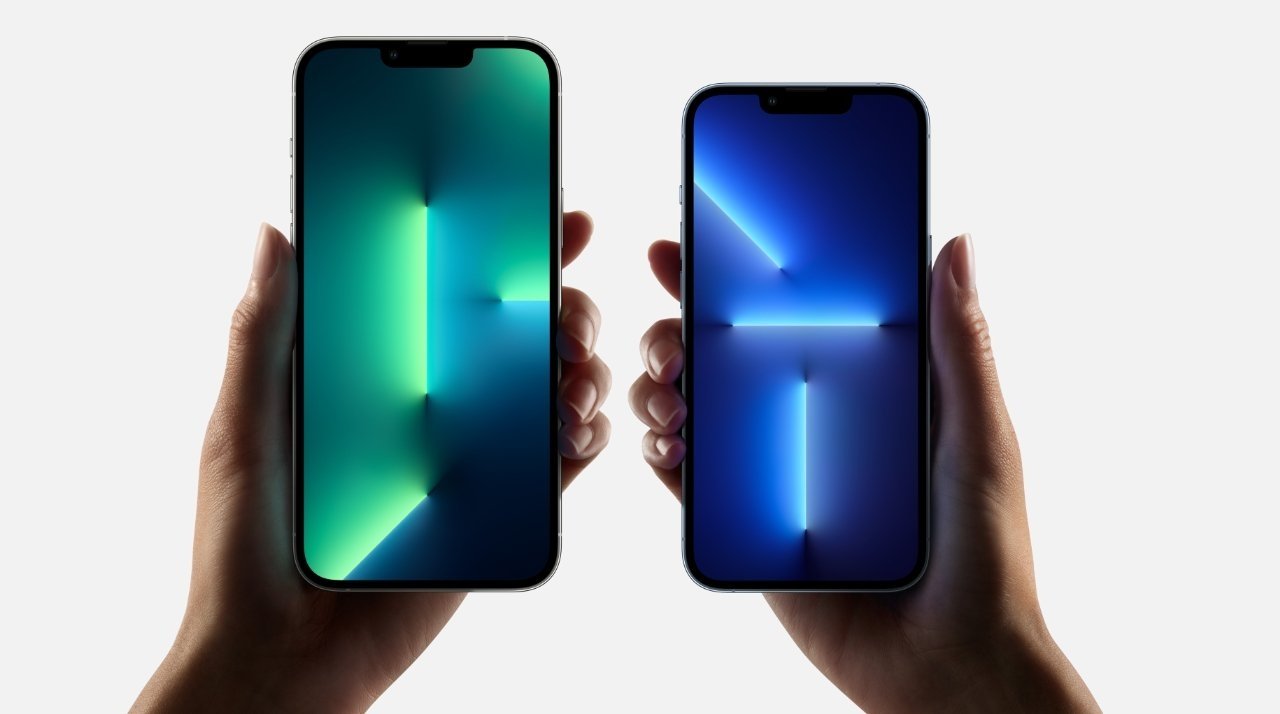Lead times for every model in Apple's new iPhone 13 lineup remained stable in the third week of availability, a potential indicator that demand for the lineup is robust, an analyst said.

Credit: Apple
In a note to investors seen by AppleInsider, JP Morgan analyst Samik Chatterjee analyzes lead times for the new iPhone 13 and iPhone 13 Pro models. Lead times, the time it takes for an order to arrive after being purchased, is often used as an indicator of supply and demand.
According to Chatterjee, the demand indicators for Apple's lineup remain "robust and healthy," despite lingering supply chain concerns. Between week two and three of availability, lead times were stable with the exception of shortening estimated delivery dates for the iPhone 13 mini.
Average global lead times, for example, are tracking at 21 days for the iPhone 13, 36 days for the iPhone 13 Pro and iPhone 13 Pro Max, and 16 days for the iPhone 13 mini. Only the iPhone 13 mini saw lead times moderate between the second and third week of availability.
In the U.S., which accounts for about 35% of all iPhone shipments, the iPhone 13 and iPhone 13 mini were available for same-day pickup at Apple Stores, while no iPhone 13 Pro or iPhone 13 Pro Max models were available for pickup.
It was a similar story in week three in China and the U.K. Lead times remained stable and in the same range as the U.S. across all models except for the iPhone 13 mini, which moderated in the U.K. Lead times shortened slightly for all four models in Germany.
"While the elevated lead times on iPhone 13 over iPhone 12 are likely largely driven by the supply constraints, the demand indicators still appear robust, and most importantly better than consensus investor expectations for tepid demand relative to upgraders and switchers heading into the launch," Chatterjee wrote.
The analyst maintains his 12-month Apple price target to $180, up from $175. The new target is based on a price-to-earnings multiple of about 30x on JP Morgan's 2022 Apple earnings estimate of $6.
